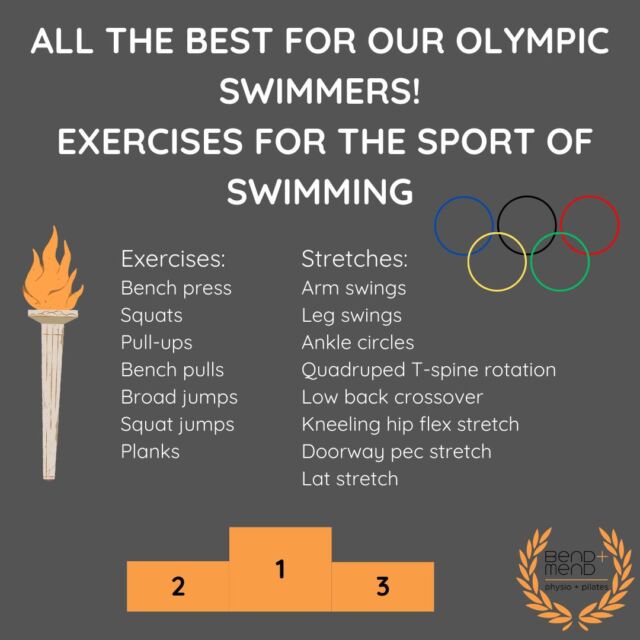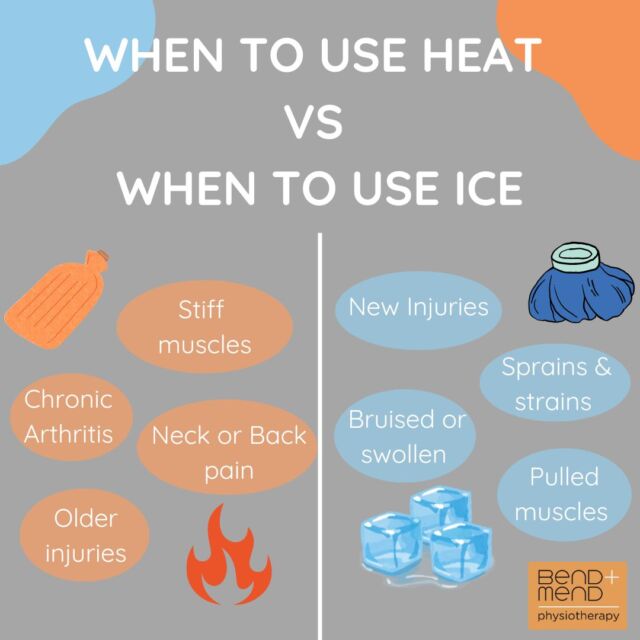We often hear about leg length discrepancies affect back and leg pain, but how does this affect peoples running? In this blog I’ll run through some thoughts about leg length discrepancies and how it pertains to running.
Typically, in clinic leg length is measured by measuring between two bony landmarks in your hips measuring down towards a bony landmark in your ankles. However, this is often rife with mistakes and not the best clinic measure. It can be affected by the way the patient is lying on the bed, is often done lying down which can be different to a standing position or poor technique used by the clinician themselves. To combat this, it is recommended to do two or three measurements in the same session or even better done between two different clinicians. The most accurate way is to be measured via X-ray or CT scan, although comes at more cost.
When a leg length discrepancy is found, it then must be identified whether this is within the normal limits or abnormal. Typically, a difference of:
- 0-1 cms requires no intervention or treatment.
- 1-2 cms should be managed with conservative management like heel inserts or orthotics.
- 2-5+ cms require more in-depth treatments including potential surgeries.
So then what is clinical difference if you do define a variance in leg length. A study performed in 2020 can point out some key points regarding to leg length.
- There may be a link between the difference in leg length and osteoarthritis of the knee in regarding back pain it was not a significant factor.
- There is not sufficient evidence to indicate the need for treatment based solely on measurements of leg length.
- The clinically affect movements are those done on two legs (I.e. squatting or prolonged standing).
Regarding running specifically, it is an activity that is typically only done on one leg, meaning that the effect of a leg length discrepancy should be less. In some older studies done in 2018, of almost 400 high school runners, they found that a difference of over 1.5cms were at a more likelihood to develop a lower leg running injury.
So, in summary, some form of leg length discrepancy can be really normal. It will mostly affect your double leg activities but not always will cause pain or issues with them. Upwards of 2cms can be managed sometimes conservatively or in extreme cases with surgery. When it comes to running each runner must be assessed individually. As I always encourage, strengthening and motor control can be great methods of reducing injury. Although leg length may play a factor in injury, making sure you have appropriate strength and control, as well as appropriately loading will play a large factors in rehabilitation or preventing injury.
References:
Rauh MJ. LEG-LENGTH INEQUALITY AND RUNNING-RELATED INJURY AMONG HIGH SCHOOL RUNNERS. Int J Sports Phys Ther. 2018 Aug;13(4):643-651. PMID: 30140557; PMCID: PMC6088132.
Vogt B, Gosheger G, Wirth T, Horn J, Rödl R. Leg Length Discrepancy- Treatment Indications and Strategies. Dtsch Arztebl Int. 2020 Jun 12;117(24):405-411. doi: 10.3238/arztebl.2020.0405. PMID: 32865491; PMCID: PMC7477698.







